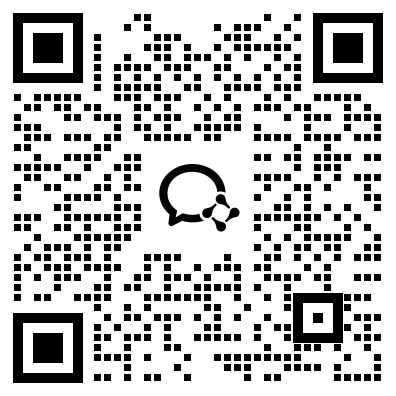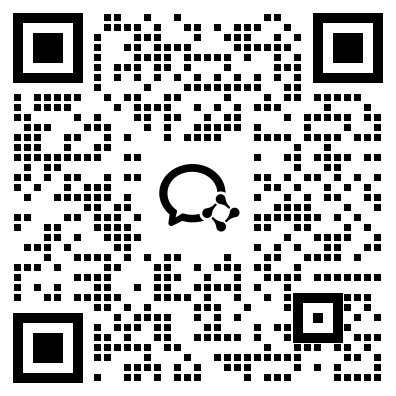Data from: A controlled quasi-experimental study of an educational intervention to reduce the unnecessary use of antimicrobials for asymptomatic bacteriuria
收藏DataONE2015-07-21 更新2024-06-27 收录
下载链接:
https://search.dataone.org/view/null
下载链接
链接失效反馈资源简介:
Background: Asymptomatic bacteriuria (ABU) should only be treated in cases of pregnancy or in-patients undergoing urologic procedures; however, unnecessary treatment of ABU is common in clinical practice. Objective: To identify risk factors for unnecessary treatment and to assess the impact of an educational intervention focused on these risk factors on treatment of ABU. Design: Quasi-experimental study with a control group. Setting: Two tertiary teaching adult care hospitals. Participants: Consecutive patients with positive urine cultures between January 30th and April 17th, 2012 (baseline) and January 30th and April 30th, 2013 (intervention). Intervention: In January 2013, a multifaceted educational intervention based on risk factors identified during the baseline period was provided to medical residents (monthly) on one clinical teaching unit (CTU) at one hospital site, with the CTU of the other hospital serving as the control. Results: During the baseline period, 160/341 (46.9%) positive urine cultures were obtained from asymptomatic patients at the two hospitals, and 94/160 (58.8%) were inappropriately treated with antibiotics. Risk factors for inappropriate use included: female gender (OR 2.1, 95% CI 1.1-4.3), absence of a catheter (OR 2.5, 1.2-5), bacteriuria versus candiduria (OR 10.6, 3.8-29.4), pyuria (OR 2.0, 1.1-3.8), and positive nitrites (OR 2.2, 1.1-4.5). In 2013, only 2/24 (8%) of ABU patients were inappropriately treated on the intervention CTU as compared to 14/29 (52%) on the control CTU (OR 0.10; 95% CI 0.02-0.49). A reduction was also observed as compared to baseline on the intervention CTU (OR 0.1, 0.02-0.7) with no significant change noted on the control CTU (OR 0.47, 0.13-1.7). Conclusions: A multifaceted educational intervention geared towards medical residents with a focus on identified risk factors for inappropriate management of ABU was effective in reducing unnecessary antibiotic use.
创建时间:
2015-07-21



